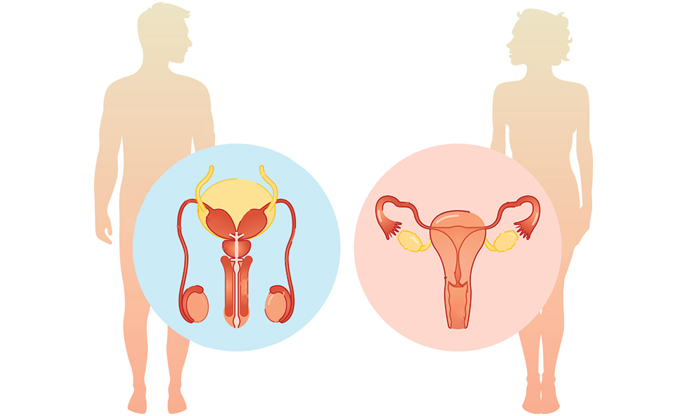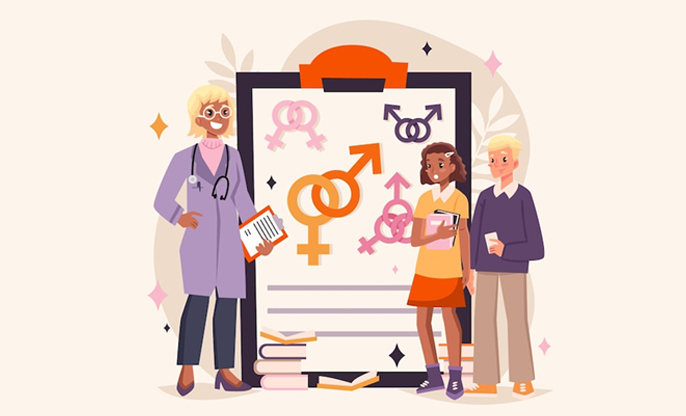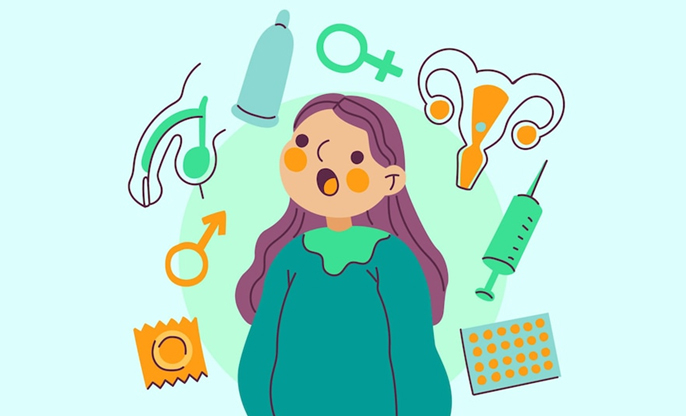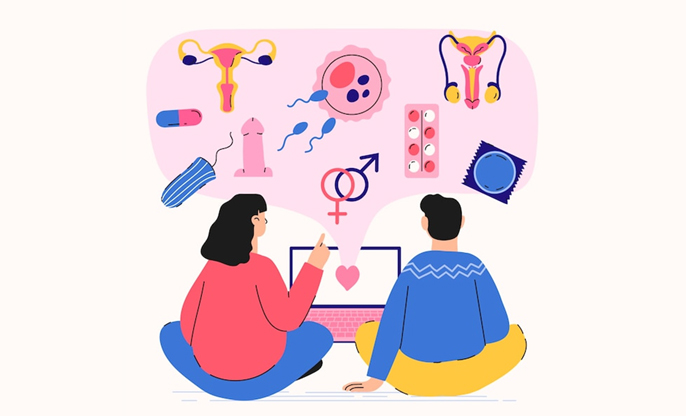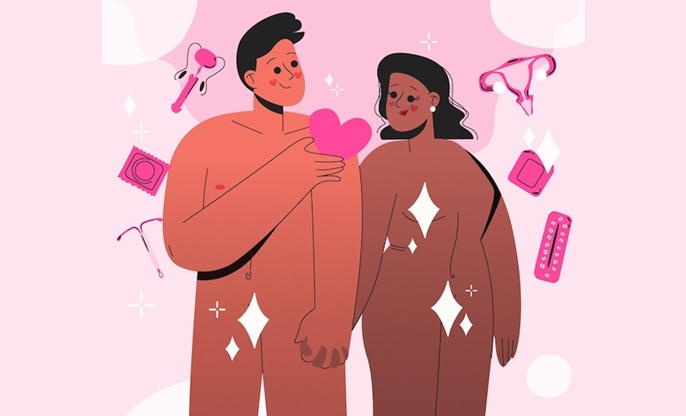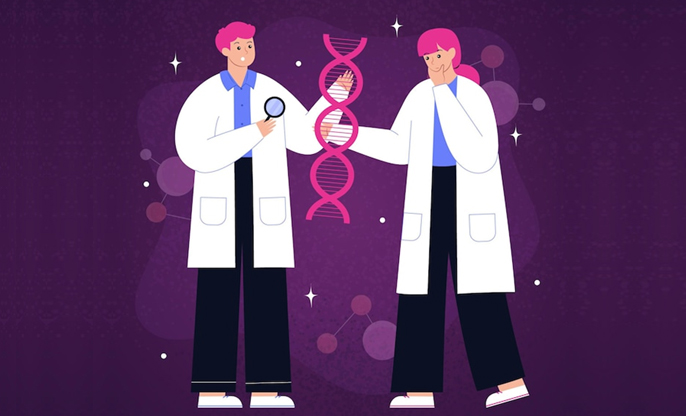
Human sexual development and function weave a complex tapestry, guided by genetics, hormones, and various physiological intricacies. As women, these elements harmonize to guide our journey from sexual maturation to reproduction, painting a rich biological narrative.
Let’s understand more…
Genetic
Beginnings
Our sexual differentiation starts right from our genetic
blueprint - specifically, the chromosomes that establish our sex. As females,
we typically carry two X chromosomes, laying the foundational framework for our
female sexual traits.
● Absence of the SRY Gene: Unlike
males, we don't have the SRY gene, which is found on the Y chromosome. This
means our embryonic gonads mature into ovaries instead of testes.
● Genetic Regulation: Our X chromosomes, along with other non-sex chromosomes, orchestrate the formation of our reproductive system—the uterus, fallopian tubes, and vagina. Sometimes, genetic conditions like Turner syndrome, where only one X chromosome functions properly, can disrupt this process, affecting our reproductive health.
Hormonal
Harmonies
Hormones play a starring role in our narrative, regulating
everything from puberty to menopause.
● Estrogen and Progesterone: These
hormones, predominantly produced by our ovaries, not only foster the development
and maintenance of our female characteristics and reproductive structures but
also orchestrate our menstrual cycles and prepare our bodies for pregnancy.
● The Dance of Puberty:
Triggered by the hypothalamus, puberty begins with a cascade of hormones. The
release of gonadotropin-releasing hormone (GnRH) prompts our pituitary gland to
produce hormones that stimulate our ovaries. This leads to a surge of estrogen,
heralding the development of secondary sexual characteristics and the onset of
menstrual periods.
● The Rhythms of the Menstrual Cycle: Our
menstrual cycle is a complex dance of hormones, primarily orchestrated by
estrogen and progesterone. It readies the endometrium for a potential
pregnancy, and if fertilization doesn't occur, it leads to menstruation, where
we shed the endometrium.
Physiological
Pathways
Our bodies are intricately designed for reproduction,
involving beautifully complex physiological processes.
● Reproductive Tract: This
includes not just the internal organs—ovaries, fallopian tubes, uterus, and
vagina—but also external structures like the labia and clitoris, the latter
playing a vital role in sexual arousal and pleasure.
● Ovarian Cycle: Our cycle
divides into the follicular phase, where an egg is released, and the luteal
phase, which prepares for potential pregnancy. This transition is managed
through a delicate balance of feedback between our brain, pituitary gland, and
ovaries.
● The Miracle of Fertilization and Pregnancy: If fertilization occurs, the egg implants in the uterus, leading to pregnancy. Hormones like human chorionic gonadotropin (hCG) play crucial roles early on by supporting the corpus luteum, ensuring our bodies are primed to support the developing embryo until the placenta takes over.
The biological journey of our sexual development and function is a profound narrative of genetic orchestration, hormonal symphonies, and physiological choreography. Each step in this journey not only underscores the complexity of our bodies but also highlights the intricate beauty of womanhood. As we embrace and share our understanding of these biological processes, we foster a deeper appreciation and care for our bodies, enriching our health and well-being throughout our lives.
